AOSP
Latest
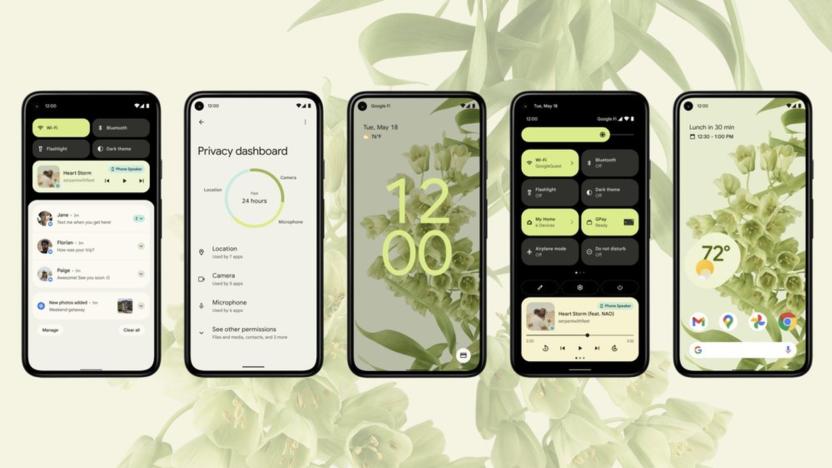
Android 12 has been released to the Android Open Source Project
Android 12 is now one step closer to making its way to devices.
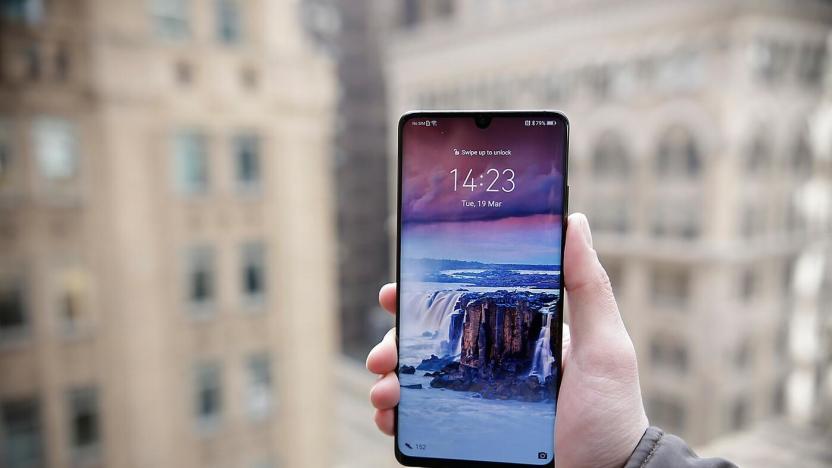
Huawei skirts US trade bans with a 'new' P30 Pro
Huawei can't use Google's apps or its version of Android anymore. But it can re-release an old phone with them. It's called the P30 Pro New Edition.
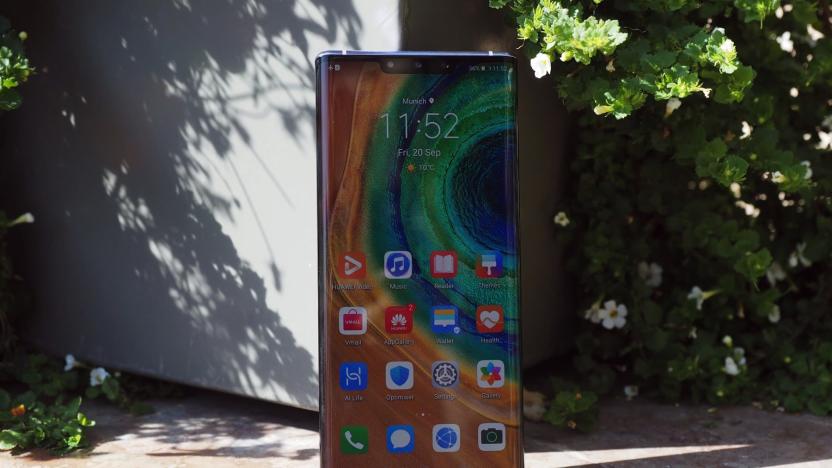
Huawei's Mate 30 loses workaround for installing Google apps
A workaround that enabled Huawei's Mate 30 devices to install Google's Play Store and other apps has been shut down. LZ Play, an app that promised to allow users to run the apps they know and love, has been taken down after a researcher found it harnessed secret Huawei APIs. Subsequently, Google removed the phone from its SafetyNet system, essentially a list of trusted devices that could access Google services.
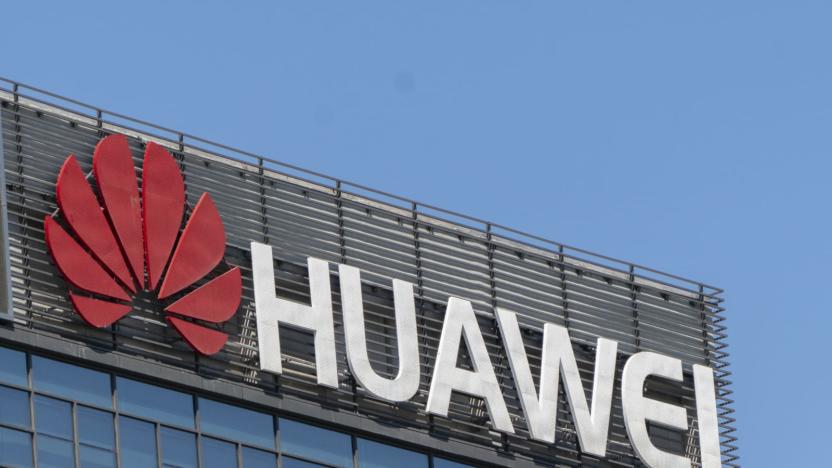
Huawei may debut its Android alternative as soon as this fall
Huawei's consumer business CEO Richard Yu reportedly said the company's own mobile OS will debut as early as this fall. Huawei hasn't confirmed plans to launch its OS, and Yu supposedly shared the information in a private WeChat group. But that timeline wouldn't be surprising given the recent US trade restrictions and Google's subsequent decision to suspend Huawei's Android support.
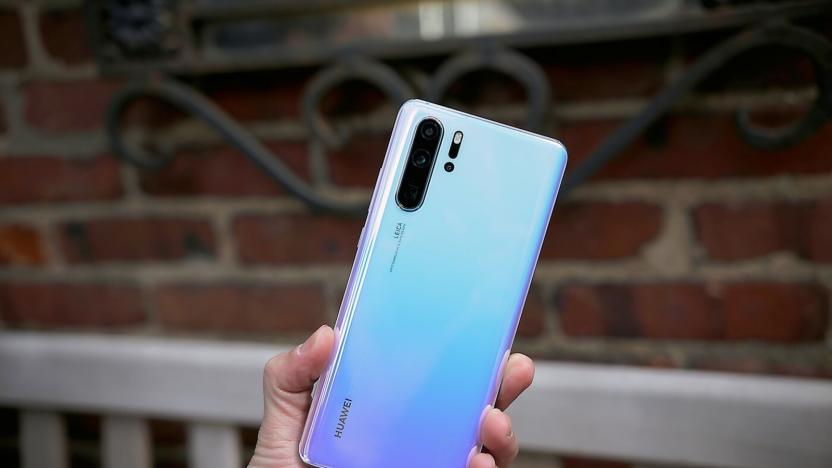
Google suspends Huawei's Android support (updated)
Huawei was already facing serious trouble following the Trump administration's de facto ban, but it might get considerably worse. Reuters sources claim Google has suspended transactions with Huawei that require transferring proprietary hardware and software, hobbling much of its smartphone business outside of China. It "immediately" loses access to future OS updates beyond the Android Open Source Project, according to the insider, and upcoming phones would have to go without official apps like the Google Play Store and Gmail.

AT&T’s fake 5GE icon is available in the Android Open Source Project
AT&T is still in hot water over its 5GE logo, but that's not slowing the company down. This week, the not-really-5G icon showed up in the Android Open Source Project (AOSP). Meaning, whether you like it or not, 5GE could start showing up on Android smartphones using AT&T. According to XDA Developers, the AOSP code suggest that phones will only need to use 4G LTE with Carrier Aggregation to prompt the icon, so as critics have said, there's no guarantee that the logo will be anything more than a visual change.
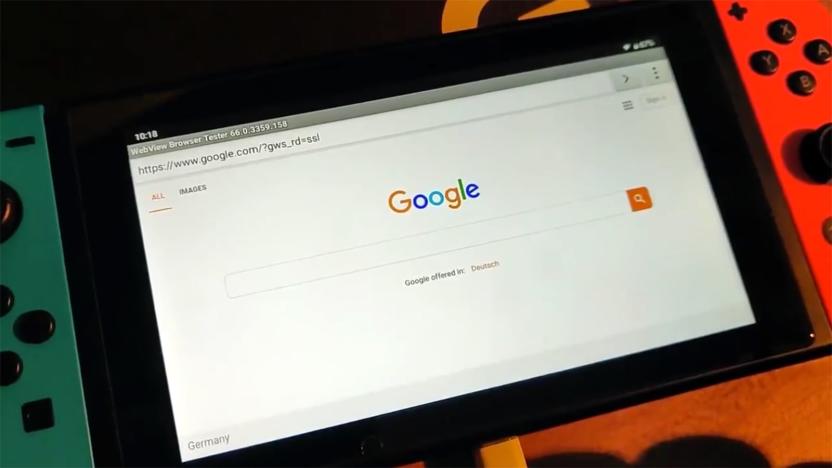
Android is (unofficially) coming to the Nintendo Switch
Ever since the Nintendo Switch launched, there's been a lingering question: can it run Android? It's a reasonably powerful ARM-based tablet, after all. Two years later, the answer is finally "yes..." sort of. Developers Billy Laws and Max Keller have managed to get an early version of Android Q running on the Switch. Bluetooth, WiFi and even the Joy-Cons are working -- theoretically, this could be one of the better Android gaming devices available.
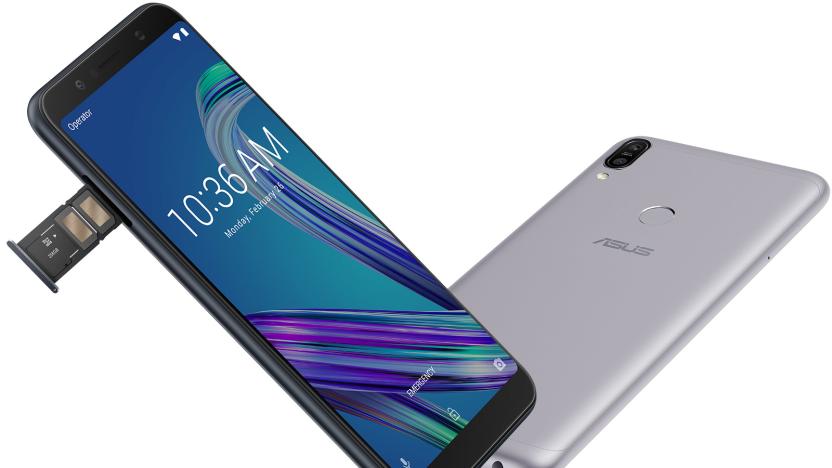
ASUS made a sub-$200 smartphone to fight Xiaomi in India
Having surpassed the US to become the second largest smartphone market after China, India is now the latest battleground for some of the top mobile brands. According to Canalys, even Samsung lost its top position there to Xiaomi as of Q4 2017, followed by Vivo, Oppo and Lenovo. Meanwhile, ASUS is continuing its fight over there by announcing the ZenFone Max Pro (M1), an India-centric mid-ranger that's priced competitively -- even more so than Xiaomi's recently launched Redmi Note 5 Pro. This also happens to be ASUS' first stock Android device, which is partly why it's able to be shipped with Android 8.1.

Android 8.1 starts rolling out to Nexus and Pixel devices
As promised, Android 8.1 is ready to reach the masses. Google has started pushing the new mobile operating system to Nexus and Pixel devices, and expects to complete the rollout over the next week. Naturally, it's also posting the source code. The biggest tangible improvement should be for low-cost Android Go phones aimed at developing markets, but there are plenty of important improvements -- particularly if you have a Pixel 2.

Run Android on an iPhone - with some heavy engineering and caveats
Familiar with cramming one operating system into somewhere it doesn't belong, developers at Tendigi have just created a homemade iPhone case that lets you run Android on your iOS smartphone. (Well, kind of). Fortunately, because of the Android Open Source Project, it gave Nick Lee the freedom to clone the mobile OS and build his own local hardware. Before he went that far, Lee decided to test the concept -- streaming Android across to an iPhone through a cable -- with a Nexus 5. He needed tools that could communicate with iOS, as well as services that let USB cables play nice with an iPhone. Lee also crafted software that transmitted what was happening on the Android devices' screen to the iPhone, while also send touch-input back. The next challenge: cramming it all into an iPhone "case". See it working after the break.

Android's deviant identities
The story of Google's open-source OS and its resulting forked Android versions.

Google's Android security scans over 200 million devices a day
Google has released a white paper detailing what the Android security team's been working on in the last year. Of course, this is the company reporting on itself, but it at least offers an insight into the degree of security threats the company has to deal with. In 2014, the company noted 79 vulnerabilities, with 41 of them moderate. There's also high and critical severity levels, but nothing reached red alert status last year. 73 of these issues have already been delivered to Android's open source project, with six left to be added. (Phone makers and carriers get access to the vulnerability issues so they can patch before the issue is made public.) The paper goes on to detail how security's been beefed up on Google's mobile OS; Read on for more.

OnePlus unveils its own Android build without Cyanogen
Following a temporary ban in India, OnePlus has released its own alpha Lollipop ROM for the One based on stock Android 5.0 -- with no Cyanogen influence. For now, the alpha software is only available as a download, and you'll need to wipe your phone in order to get it. It's also very basic and OnePlus said it includes "no extras beyond the stock features of AOSP Lollipop," though it promised to build on it over time. OnePlus started talking about its own Android fork shortly before Cyanogen inked an exclusive deal with Indian smartphone maker Micromax.

ZTE continues the trend toward minimizing Android customization
For all its beauty, Android's openness is the reason why manufacturers and carriers are able to make their own tweaks to the OS. Some companies go as far as completely forking the platform, and we know how terrible that can be -- though there are exceptions like Amazon's Fire ecosystem, which offers a solid experience overall. Thankfully, manufacturers are beginning to realize it's much better to deliver Android as Google intended, or at least as close to it as possible (e.g. HTC's Sense 6). Chinese outfit ZTE will join this movement very soon, announcing that the Google Now launcher will be set as the default home screen on its future smartphones, starting with the launch of the Blade Vec 4G next week. Naturally, doing so means giving buyers a cleaner look right out of the box; plus, it puts all of the search giant's services front and center, including the Play store and, of course, Google Now. Most importantly, it's definitely going to make Google happy.

KitKat arrives on Nexus One via feeble custom ROM
If you're still rocking a Nexus One, but are jealous of all the new devices running KitKat, you're in luck. The folks on the XDA Developer's forums have hacked together a custom Android 4.4 ROM for the three year-old device. Unsurprisingly, the patched-up build has some issues; namely, it's susceptible to a known bootloop error and lacks screenshot functionality. The camera doesn't work quite right either, but hey -- it's KitKat! On your Nexus One! In your face, Ice Cream Sandwich!

Android 4.4 KitKat comes with a deep, non-destructive photo editor (video)
Google revealed many things about Android 4.4 KitKat on the software's launch day, but it glossed over one of the sweetest treats for shutterbugs: a much more advanced photo editor. As the company's Nicolas Roard demonstrates, creatives can now apply effects, filters and adjustments at very precise levels, down to specific color channels and regions. Mobile artists can create presets, and every change is non-destructive -- it takes just a a couple of taps to revert to the original image. The new tool is built into KitKat's Gallery app, so just about any Android device that uses the standard photo browsing interface will reap the rewards.

Android Open Source Project now has latest 4.3 fixes for most Nexus hardware
The latest Android 4.3 updates brought a slate of unfortunate software bugs to the party and to Google's own Nexus devices, ironically enough. Thankfully, the Mountain View crew is hard at work patching things up, as evidenced by the Nexus 7 update earlier today that resolved its multi-touch and GPS issues. Now those fixes are up on AOSP as well, not only with the aforementioned JSS15Q build for the 7-inch tablet, but also the JWR66Y for the rest of the recent Nexus clan. The reasoning behind having two fixes instead of one was the addition of an extra bit of code unique to the Nexus 7; they'll be incorporated into one patch as soon as the devs work out the kinks. Aside from patching those aforementioned bugs, the update resolved a clipboard crash issue, tweaked App Opps permissions and fixed a few extra bits of errata. If you're not afraid of a bit of tinkering, head on over to the source to update your Nexus hardware now, or just wait for Google to release Android 4.3.1.

Nexus 7 factory image and binaries now available from Google
Wanna mod that shiny new Nexus 7? Today's your lucky day. Google just posted the factory image and binaries for its second generation 7-inch tablet -- also known by the product name "razor" and device name "flo". The factory image lets you restore your new Nexus 7 to the exact software it shipped with in case you grow tired of that custom ROM you cooked up using the binaries (natch). Speaking of which, the packages include drivers for audio and sensors from ASUS, NFC from Broadcom plus graphics and everything-but-the-kitchen-sink from Qualcomm. This comes mere hours after some open source drama surrounding the binaries (which now appears to be resolved) and with plenty of time to spare for UK customers. Follow the source links below and have fun hacking this weekend.

Android Open Source Project maintainer leaves role in wake of Nexus 7 open source issues
If you're upset that Google hasn't posted factory images for the new Nexus 7, you're not alone. Android Open Source Project maintainer Jean-Baptiste Quéru has just confirmed that he's leaving his role in the wake of legal issues that prevent him from publishing a Nexus 7 image with working graphics. While he isn't specific about the nature of the conflict, Android Police and others believe that Qualcomm isn't ready to offer its video drivers for use in AOSP builds. We've reached out to both Google and Qualcomm, and we'll let you know if they have any further insight. In the meantime, don't expect a Nexus 7 image anytime soon -- Google will likely need a new AOSP overseer, and Quéru doesn't see any progress on the horizon.

Google makes Android 4.3 factory images available through AOSP (update: OTA available)
Google officially announced its latest version of Android today and, like clockwork, it's now made it available for download through the Android Open Source Project. That covers those with a Nexus 4, Nexus 7, Nexus 10 or Galaxy Nexus (GSM version-only), all of whom can find what they need to start the update process to Android 4.3 (still going by the Jelly Bean moniker) at the source link below. Feel free to leave your impressions of the new OS in the comments below. Update: Android Central points to a link for the OTA version of the update for the Nexus 4, which users should be able to sideload more easily if it hasn't already been pushed to their devices automatically.













